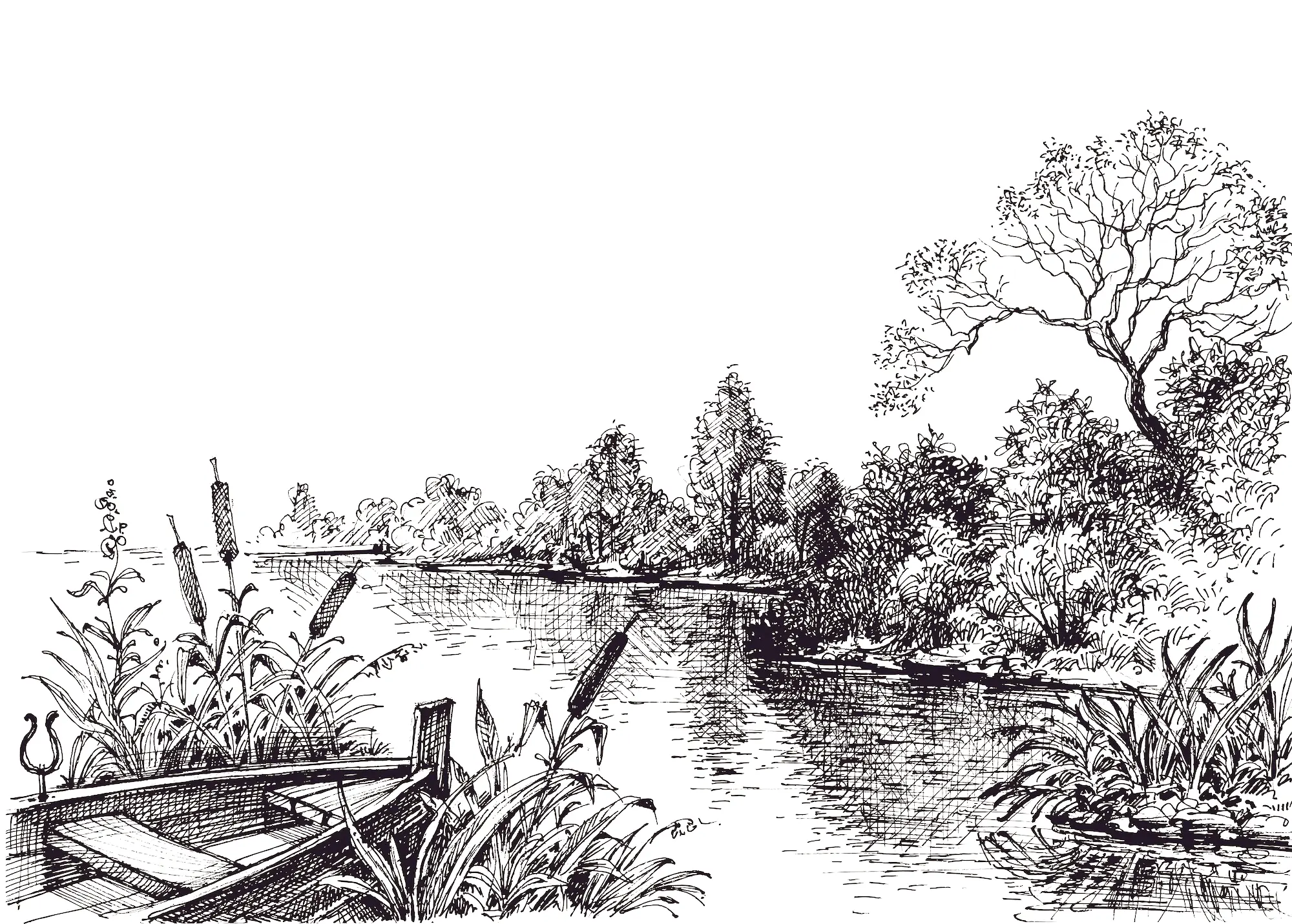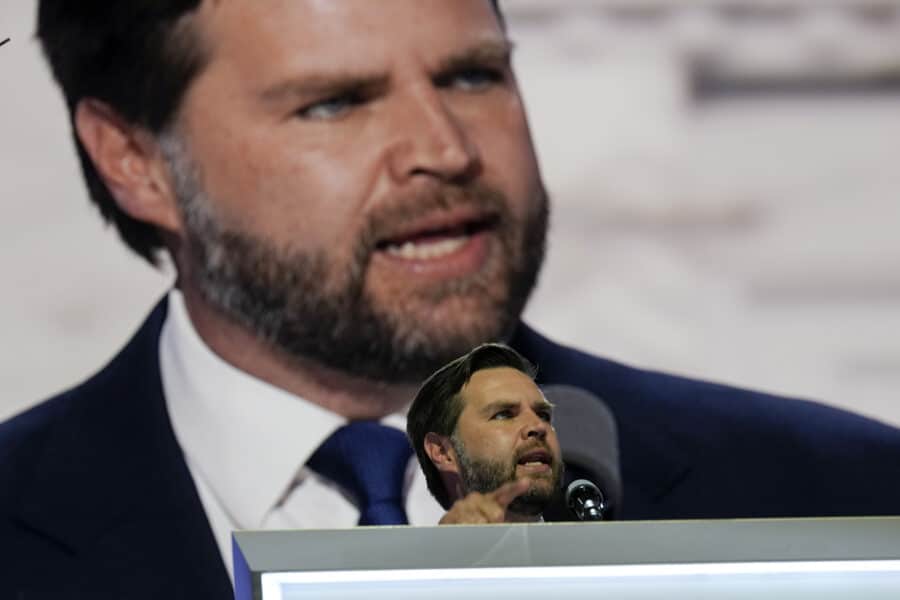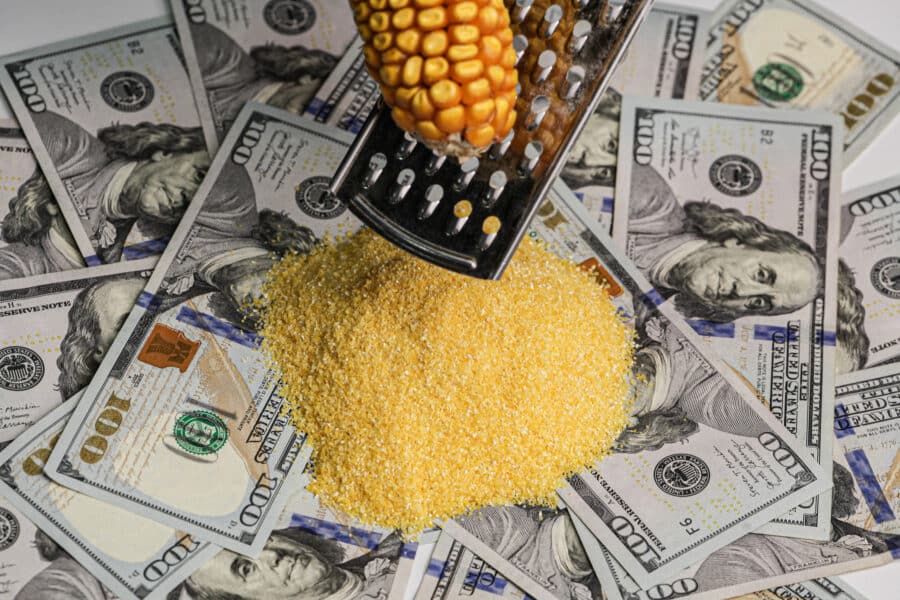As gridlock and incompetence continue on Capitol Hill, Congress has made little progress on re-authorizing the 2018 Farm Bill. A September 30 expiration date looms and campaign season is ramping up. It is difficult to see how farm bill negotiators can get it done.
With less than six months left, neither the Republicans nor the Democrats have released anywhere close to a substantial draft. Recently, Republicans in both the House and Senate Agriculture committees have said they will be releasing a draft “framework” for this year’s farm bill. Still, it’s unlikely that framework will pass even on a party-line vote because of major differences in funding priorities.

The stumbling block remains the tension between congressional Republicans’ support for expensive farm commodity payments and crop insurance expansions and Democrats’ insistence on retaining funding for critical nutrition assistance and farm conservation programs. In our last column, we explored the debate over “raising reference prices.” This time, we’re tackling the spat over the U.S. Department of Agriculture’s (USDA) private lands conservation program through its Natural Resource and Conservation Service (NRCS). While conservation has been in the farm bill for decades, program budgets have been flat at best when not a source of cuts to fund other programs.
The fight centers on the Inflation Reduction Act’s (IRA) additional $19.5 billion to conservation programs over a five-year period, which greatly expands funding for several USDA programs typically paid for in the farm bill. Most of this funding is supposed to support on-farm conservation programs that mitigate the effects of climate change. The most notable expansions are $8.45 billion for the Environmental Quality Incentives Program, $4.95 billion for the Regional Conservation Partnership Program and $3.25 billion for the Conservation Stewardship Program.
The Democrats put these funds in the IRA to support farming practices like using more cover crops, reducing tillage, handling manure, managing grasslands, restoring wetlands, planting trees and shrubs and expanding native plants and wildlife habitat. These voluntary incentive-based programs are very popular among farmers but most farmers who apply for funding are rejected due to the limited funds available in the farm bill and the fact that giant livestock factory farms capture large chunks of available funds.
Republican leaders across the board have been trying to raid these IRA conservation dollars in order to pay for more commodity subsidies. House Agriculture Committee Chair Glenn “GT” Thompson (R-Pa.) has repeatedly called for rescinding IRA conservation program funding. Speaker of the House Mike Johnson (R-La.) has echoed Thompson’s approach, as has Senate Agriculture Committee ranking Republican, John Boozman (Ark.).
Democrats far and wide have pushed back against this Republican scheme. Conservation programs are not just popular among farmers. A poll released last fall by the National Audubon Society Action Fund and other nonprofits found that voters across six agriculture states (Indiana, Nebraska, Iowa, South Dakota and New York) oppose the GOP plan 3-1. Among Republican voters, that rate is still a whopping 2-1.
It seems that Republicans have started to shift their strategy. GOP members of the Senate Agriculture Committee recently published a Minority Blog with the misleading title “Avoiding the Conservation Cliff—A Bipartisan Solution.” Their bogus argument makes the case that conservation funding is limited due to procedural language in the IRA. This is nothing more than a backdoor attempt to confuse the debate. USDA conservation program dollars could simply be increased through the farm bill or annual budget allocations on top of IRA funding.
For their part, Democrats have held incredibly united during hearings and in press statements in protecting IRA conservation dollars. Senate Agriculture Committee Chair Debbie Stabenow (D-Mich.) has even called the GOP IRA plan a “red line” and has suggested moving farm bill negotiations to 2025.
House Agriculture Committee Democrats have gone even further. In a February farm bill policy memo, they wrote:
“House Democrats will not support a farm bill that takes IRA conservation funding away from its intended purpose. Instead, it should build upon the progress already being made.”
Beyond the IRA debate, Republicans have also spent years trying to reduce the popular Conservation Reserve Program (CRP). CRP pays farmers annual payments to take highly erodible or degraded farmland out of production for wildlife habitat. CRP currently includes around 20-million acres nationwide. The Heritage Foundation’s Mandate for Leadership Plan—which the Trump campaign is promising to use as its governing document if Trump wins in November—calls for a full elimination of CRP, along with a host of other farm bill programs.
There is a simple solution to solving this piece of the farm bill debate, and that is for Republicans to change their incredibly unpopular stance. We should be expanding, and reforming, USDA funding for these programs rather than constantly fighting about them. The public, and farmers themselves, would support this approach.
It would be good politics for Democrats to bang the drum whenever possible to support real, valuable on-the-ground conservation programs for participating farms. Making conservation programs a priority in the farm bill is clearly popular with voters in farm country. Of course, Democrats would have to make sure and repeatedly point out that they are defenders of conservation programs while Republicans want to defund them. Unfortunately, too often that seems to be a bridge too-far for many Democrats.
Bryce Oates writes The Cocklebur on Substack and is a Contributing Editor (Rural Community Organizing) at Barn Raiser. He writes about rural policy, people, places and politics. His work includes narrative nonfiction, opinion pieces and Q&A interviews. Bryce studies how the federal budget affects rural counties, farm and food policy, public lands and conservation issues, racial and gender equity in rural areas, climate change, economic inequality, rural demographic data and rural politics. A former farmer, rural economic developer and community organizer, he lives and works in Oregon’s Willamette Valley.

Jake Davis is an entrepreneur, farmer, consultant, and policy advisor. His passion for revitalizing rural communities and safeguarding family farms developed early growing up on a diversified farm in Southwest Missouri. He launched Local Root Strategies in 2020 to help revitalize rural communities and build a better food system.





